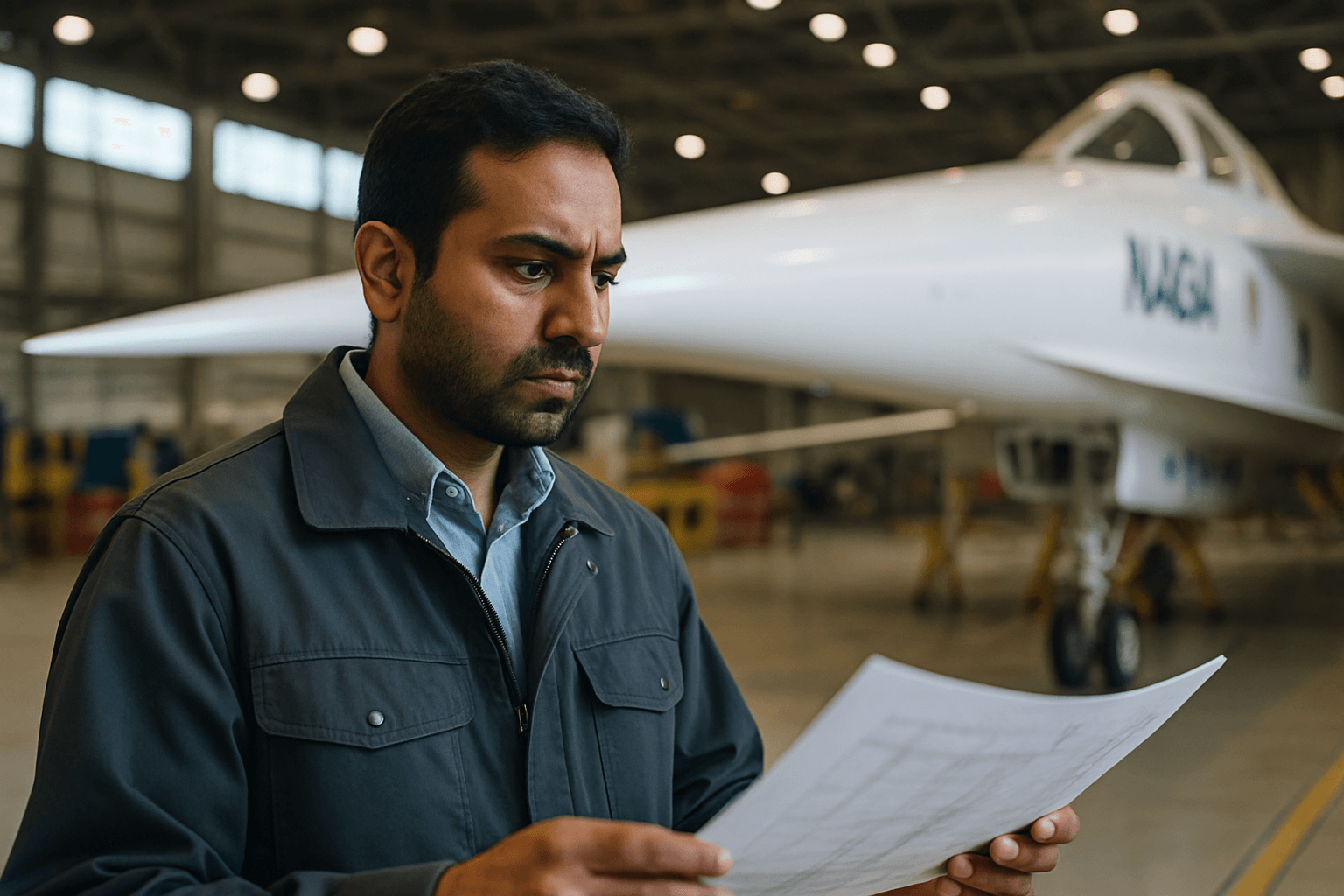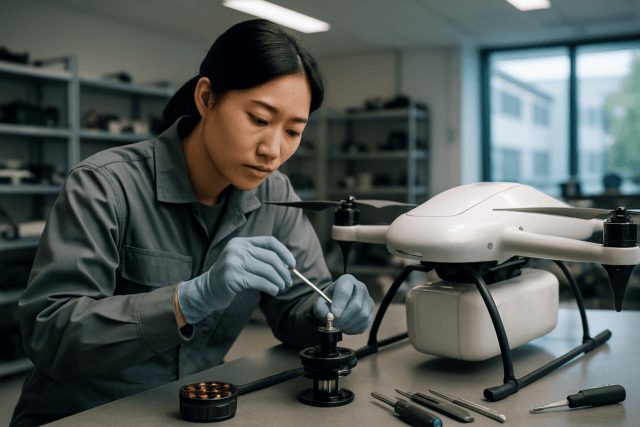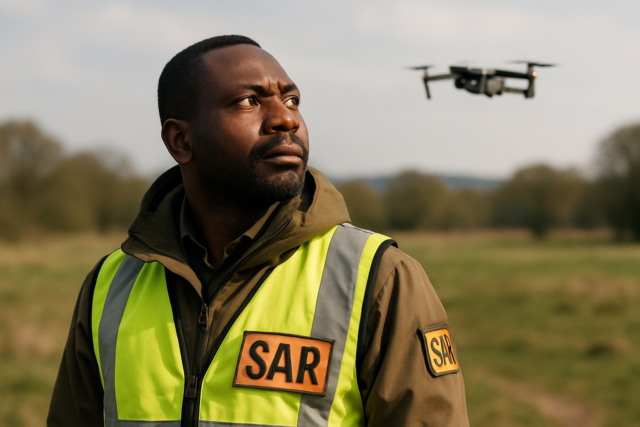Palmdale, California – NASA is pressing forward with its X-59 Quiet Supersonic Technology (QueSST) demonstrator, maintaining its target of 2025 for the aircraft’s first flight as it progresses through critical ground testing phases. This milestone will mark a significant step in the agency’s mission to enable quieter supersonic travel over land, potentially revolutionizing commercial aviation.
The X-59, developed in partnership with Lockheed Martin Skunk Works, is designed to reduce the disruptive sonic boom typically associated with supersonic flight to a much quieter “thump.” This breakthrough could pave the way for a reversal of the 50-year-old ban on commercial supersonic flight over land in the United States.
Advancing Through Ground Tests
The experimental aircraft is currently undergoing rigorous ground testing at Lockheed Martin’s Skunk Works facility in Palmdale, California. These tests are crucial for verifying the X-59’s systems and ensuring its airworthiness and safety before it takes to the sky.
Low-Speed and Medium-Speed Taxi Testing Completed
NASA has confirmed that the X-59 has completed low-speed taxi testing and is nearing completion of medium-speed tests. The program is now progressing into high-speed taxi tests. These ground maneuvers, which started at just a few miles per hour, are advancing to speeds that will be experienced during takeoff runs. These evaluations focus on the aircraft’s handling at higher ground speeds, including braking, steering, stability, and sensor performance.
Verifying Critical Systems
Engineers are meticulously mapping every step of the planned first flight, with safety as the guiding principle. The X-59’s Flight Test Instrumentation System (FTIS) is a key component, recording 60 different streams of data with over 20,000 parameters. This system has already accumulated more than 200 days of work and generated over 8,000 files during ground tests and system evaluations, providing a detailed history to verify flight readiness.
Recent tests also included electromagnetic interference testing to ensure onboard sensors, radio, and navigation equipment function without interference, which the X-59 passed successfully. Engine runs, including operation with full afterburner, and tests to validate the aircraft’s ability to maintain steady cruising speeds have also been completed.
Unique Design and Pilot Systems
The X-59 features a distinctive, elongated design, with a thin, tapered nose making up nearly one-third of its 99.7-foot length. This shape is engineered to disrupt shock waves, preventing them from coalescing into a loud sonic boom. Due to its long nose, the cockpit lacks a conventional forward-facing window. Instead, the X-59 uses an eXternal Vision System (XVS), which employs high-resolution cameras feeding into a 4K monitor inside the cockpit.
The single-pilot aircraft is powered by a General Electric F414-GE-100 engine, providing 22,000 lbf of thrust with afterburner, and is expected to cruise at Mach 1.42 (937 mph or 1,510 km/h) at an altitude of 55,000 feet. It incorporates safety features such as backup batteries for hydraulic and electrical systems, and a hydrazine-based emergency engine restart system. NASA lead test pilot Nils Larson is scheduled to be at the controls for the maiden flight.
The Quesst Mission’s Vision
The X-59 is the centerpiece of NASA’s Quesst mission, which has two primary goals: to design and build the X-59 with technology that reduces the loudness of a sonic boom to a gentle “thump” for people on the ground, and to fly the X-59 over U.S. communities to gather public response data.
Gathering Public Input for Regulatory Change
After initial flight tests verifying the aircraft’s performance and safety, NASA plans to fly the X-59 over selected cities across the U.S. During these overflights, NASA will measure the sound generated by the aircraft and collect public input on how the “sonic thump” is perceived.
This collected data will be shared with the Federal Aviation Administration (FAA) and international regulatory bodies. The ultimate aim is to provide regulators with the information needed to establish new data-driven noise standards for commercial supersonic flight, potentially leading to the lifting of the long-standing ban on overland supersonic travel. Such a change could open new global markets for aircraft manufacturers and significantly reduce travel times around the world.
First Flight Details
The initial flight of the X-59 will be a modest, lower-altitude loop at approximately 240 mph (386 kph) to check system integration. This roughly one-hour flight will depart from Palmdale and land at NASA’s Armstrong Flight Research Center in Edwards, California. During this sortie, the team will evaluate engine performance, stabilization, instrumentation, autopilot, control systems, and air data performance to ensure the aircraft is ready for subsequent, more advanced flight tests. Only after these initial checks will the team gradually expand the flight envelope, pushing the X-59 to higher altitudes and supersonic speeds.





